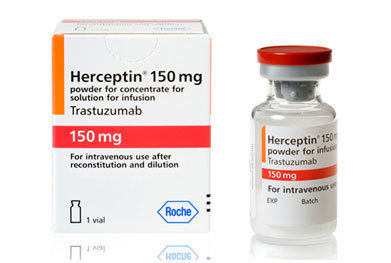Why do some cancers become resistant to Herceptin?
Pauline P. Narvas
Background
Breast cancer is the most common cancer in the UK, one person is diagnosed every 10 minutes.
1 in 8 women in the UK will develop breast cancer in their lifetime.
20-30% of breast cancers = HER2

Treatment: FDA approved Herceptin monoclonal antibody
Resistance occurrence - 66-88% patients
The main questions
- Why does this resistance occur?
- How can we overcome it?
HER2 (Human EPIDERMAL GROWTH FACTOR)

HERCEPTIN
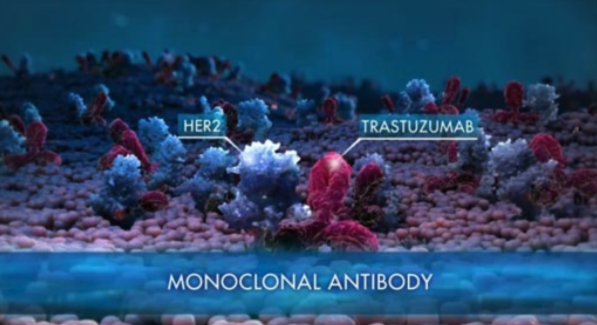
CAUSES OF RESISTANCE
- Increased cell signalling
by loss of PTEN
2. Cross-talk of receptors
3. Accumulation of p95 HER
INCREASED CELL SIGNALLING: LOSS OF PTEN
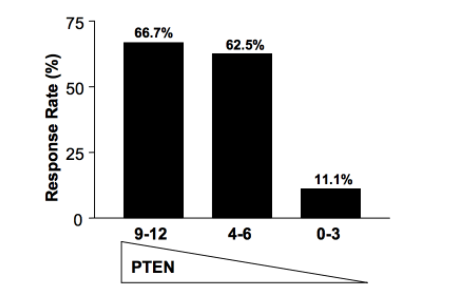
Nagata et al (2004)
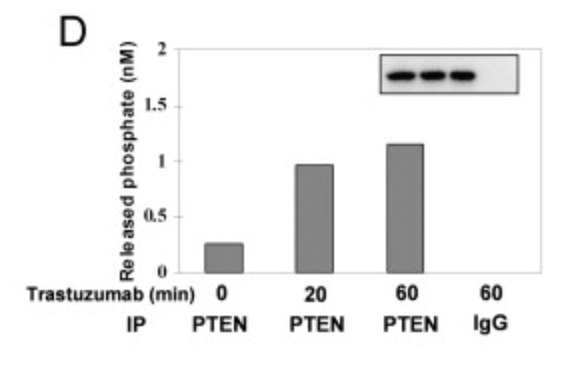
- Herceptin activates PTEN by inhibiting Src association with HER2 (ErbB2)
- Low PTEN levels = Herceptin resistance / lowered response
- Src inhibition as a therapy?

PTEN activation contributes to tumor inhibition by trastuzumab, and loss of PTEN predicts trastuzumab resistance in patients.
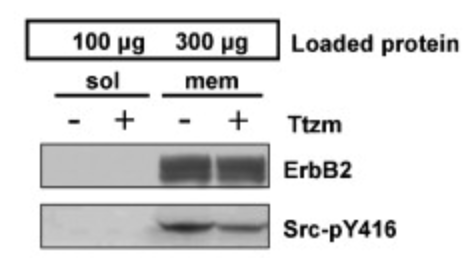
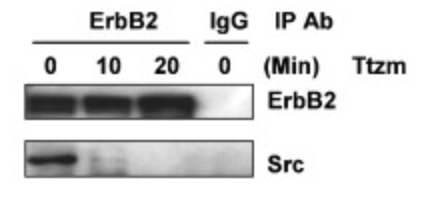
CROSS-talk of receptors
Guanglei Zhuang et al. (2010)
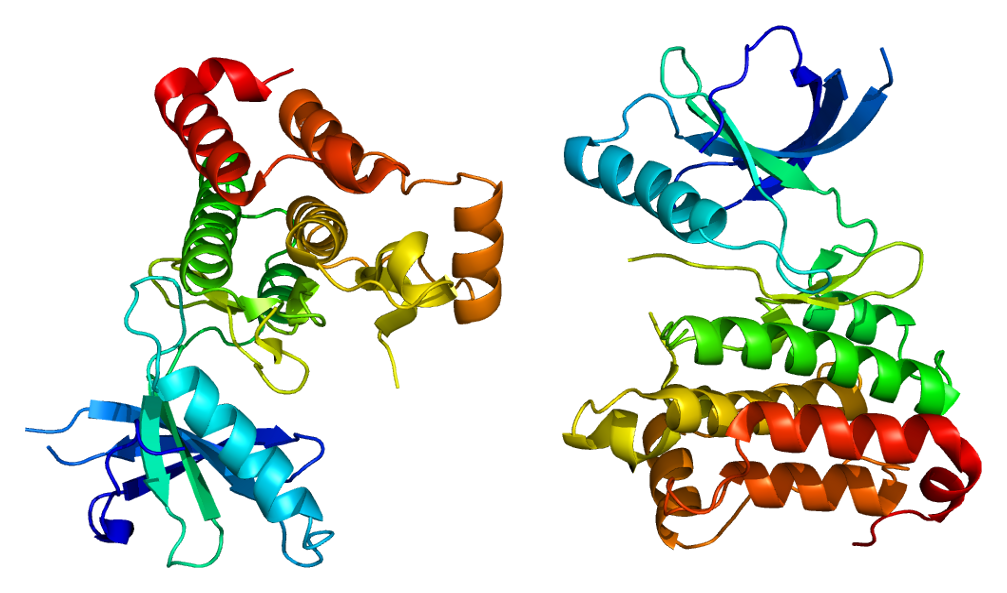
Ephrin Type-A Receptor 2 (EphA2)
- Receptor Tyrosine Kinase
- Links to tumor formation and metastatic progression in cancer
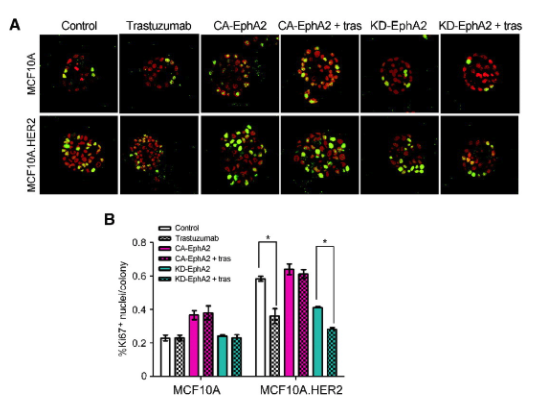
Elevation of Receptor Tyrosine Kinase EphA2 Mediates Resistance to Trastuzumab Therapy
- CA-EphA2 = Active
- KD-EphA2 = Dead Kinase
ACCUMULATION OF p95 HER2
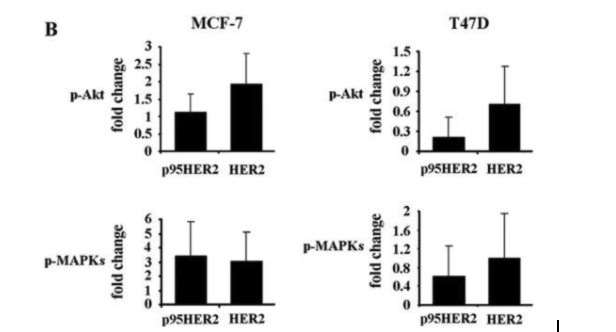
Scaltriti et al., 2007
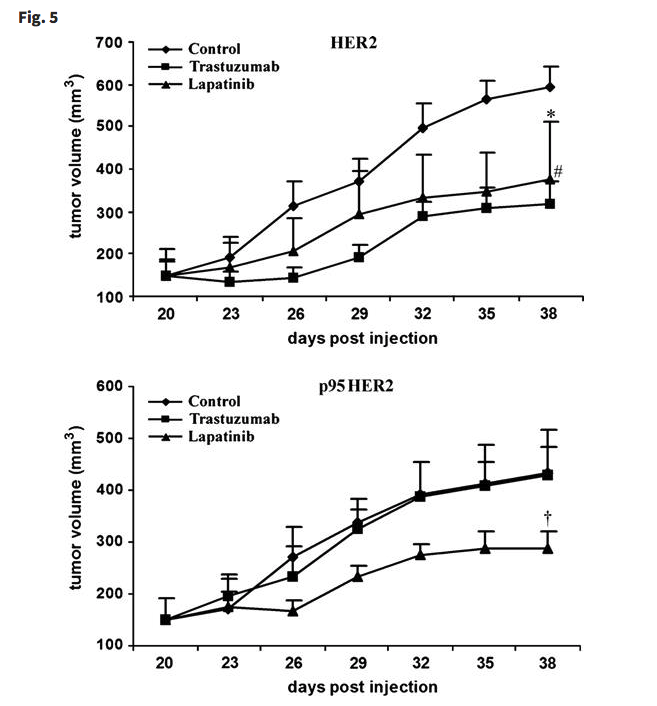
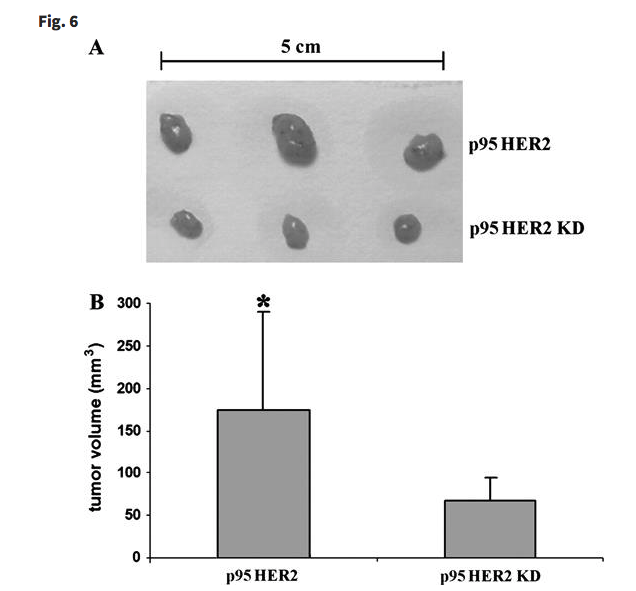
Expression of p95HER2, a truncated form of the HER2 receptor, and response to anti-HER2 therapies in breast cancer.

RESEARCH PROPOSAL:
Developing novel approaches to combat Herceptin resistance
- Focus on p95 HER2 positive cancers
- Aim is to deplete p95 protein and look at changes
- Using RNA interference / siRNA
1. Transfect siRNA (that is specific to the p95 HER2 receptor) to cell line
Oligofectamine protocol
2. Western blot
to confirm uptake of siRNA on 1 cell line then comparing with cell lines, WT (no p95) and p95 positive.
3. GFP to determine effectiveness of siRNA on cell proliferation/tumor growth
4. Introduction of RNAi into animal models using viral vectors (lentivirus)
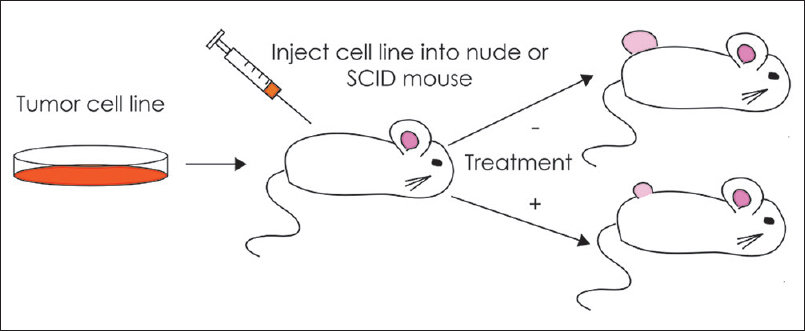
RESEARCH PROPOSAL:
Developing novel approaches to combat Herceptin resistance
Cytotoxic

Effectiveness on humans

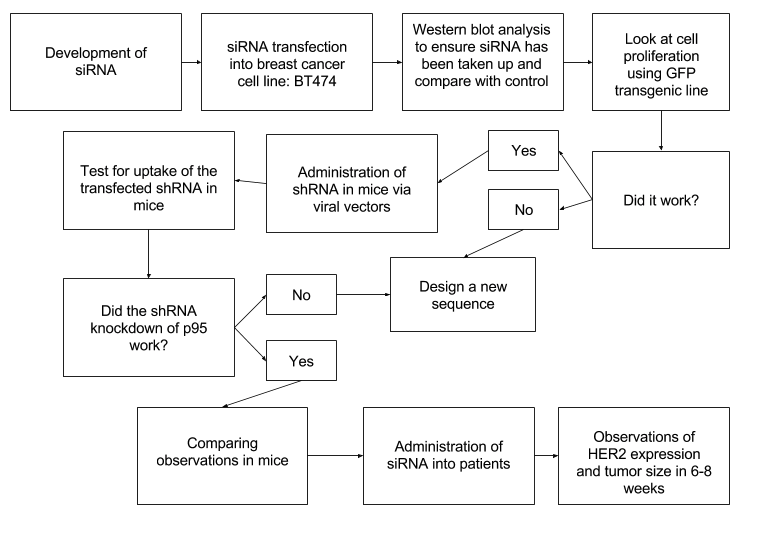
Cell lines
Mice Models
CURRENT APPROACHES
Herceptin
Other inhibitors
Combination approach?
Limitation of these studies: all done on cell lines and animal models

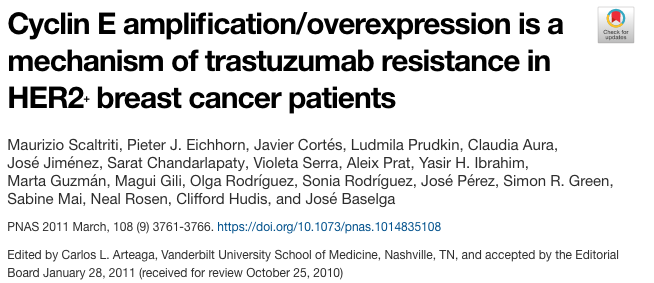
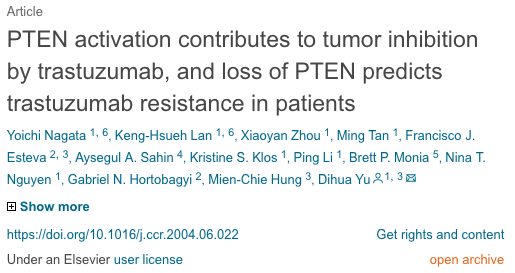

Further research is needed
